Trust me, you’ll thank Apple for ditching straight sides on the iPhone 15
Out with the old, in with the older
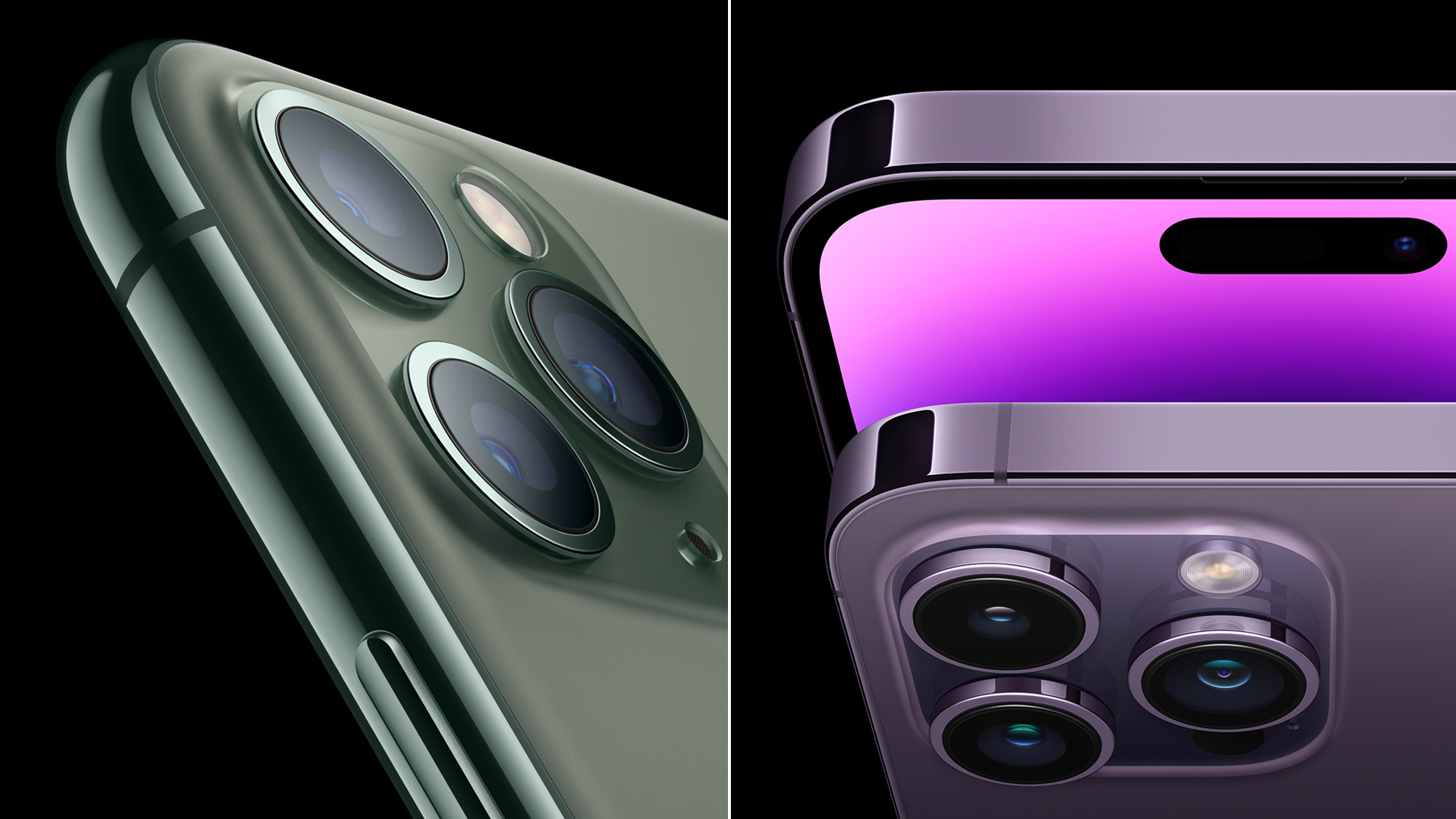
People weren't exactly shook when rumors suggested the Samsung Galaxy S23 would be ditching its predecessor's contour-cut camera island. Nor did fans cry out in protest when Google's Pixel 6 series finally bid farewell to the physical fingerprint sensor. However, when it's the iPhone we're talking about, a seemingly innocuous change between generations could have huge implications for the company's large and loyal fanbase. Now, there's talk of the iPhone 15 line bidding farewell to the straight sides of its predecessors, but is it the right call?
Apple is no stranger to flip-flopping from and to straight-sided and rounded designs across the various eras of the best iPhones; just look at the change from the iPhone 3GS to the iPhone 4, or the iPhone 5S to the 6 series for that matter.
Long-standing iPhone users will be all too familiar with the tactile dissonance going from curves to corners (or the inverse) creates when upgrading between the affected successors. What's more, you'll find fans on both sides of the fence, when it comes to whether curved or straight sides are superior. With the rumored return to rounded edges, however, I figured it best to break down why I think this topological shift is great for users, even if it actually works against Apple to some degree.
Aesthetics
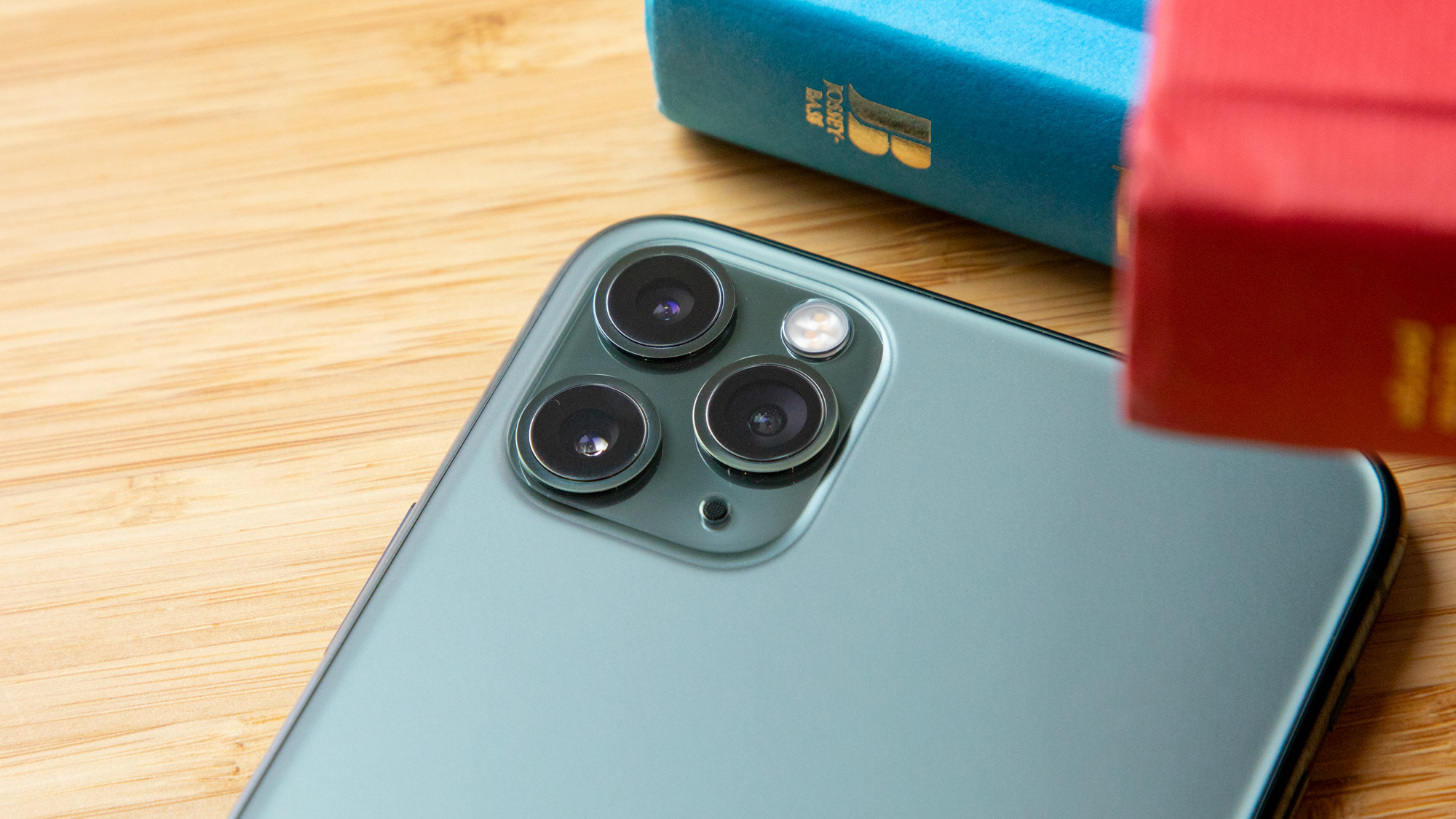
The most obvious change brought about by moving from one form to the other is the visual difference it creates. Akin the bouba/kiki effect, different design languages elicit a different reaction and our brains tend to make certain connections based on the way things look; which is especially true when it comes to a product's aesthetics.
Apple likely wanted people to (consciously or otherwise) associate the straight-sided forms of the iPhone 12, 13 and 14 series with attributes like strength, dependability, power, precision, refinement and – in the case of the highly-polished frames of the Pro line – luxury.
Meanwhile, similarly to what's implied with the Aesthetic-Usability Effect, the more rounded elements of the iPhone 11 series – and presumably the iPhone 15 series – (at least as far as Apple might intend) instead seemingly convey qualities like approachability, ease of use, and sport a more playful air; making for a welcome change from the hard-nosed iPhone aesthetics we've grown used to over the past few years.
Ergonomics
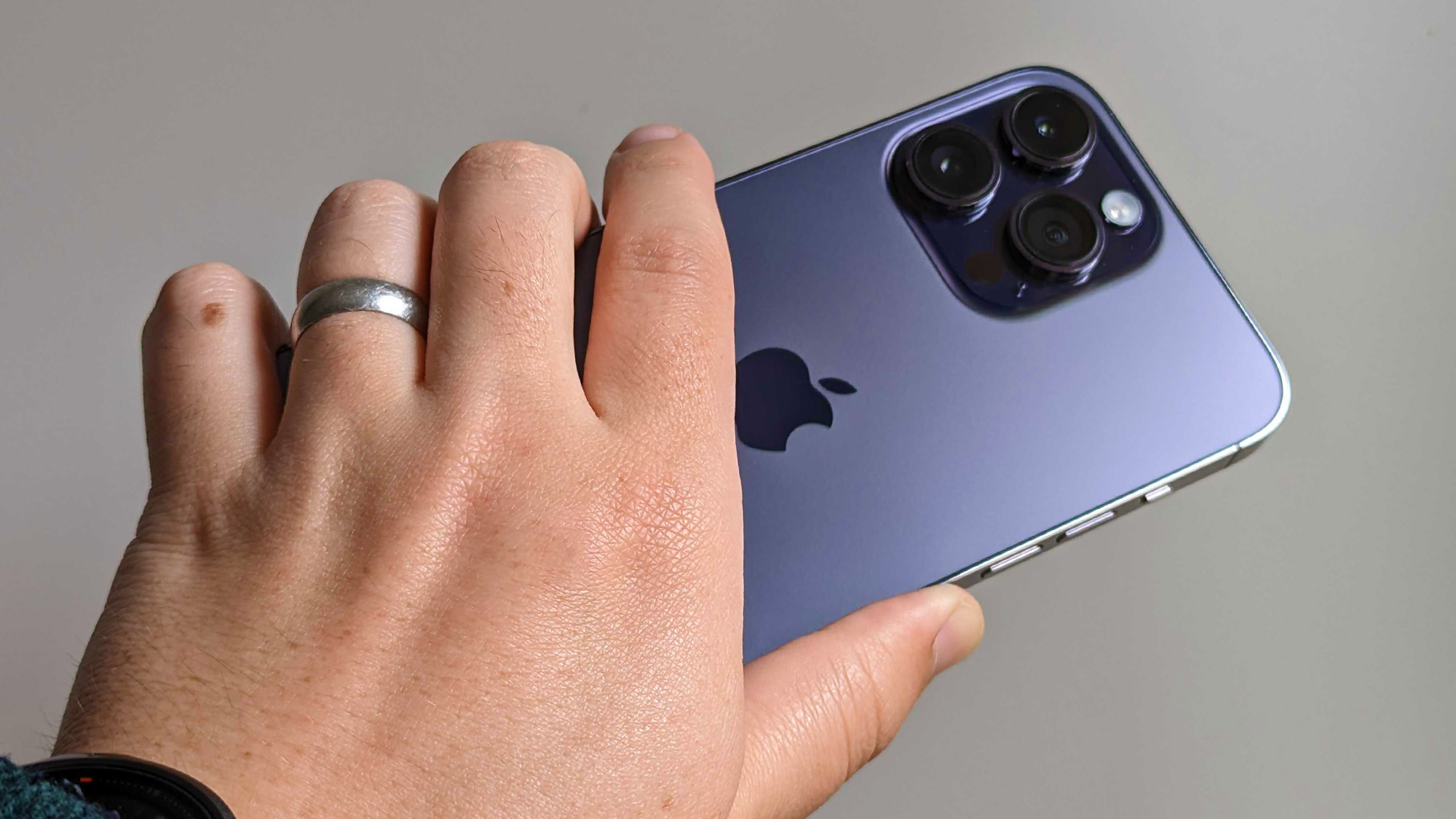
After seeing your new phone for the first time, your next move is probably going to be picking it up out of the box and seeing how it feels. While – like aesthetics – there are arguments for both design approaches. It's here where I feel rounded sides start to pull out in front as the better choice, from a usability standpoint.
Sign up for breaking news, reviews, opinion, top tech deals, and more.
Taking the current iPhone 14 Pro and iPhone 14 Pro Max as examples, they're great-looking devices and the straight sides even allow for the fun quirk of being able to stand upright on a flat surface unaided. But compared to any similarly sized round-edged alternative, they feel far larger and less comfortable to hold; with the sharp front and back edge almost digging into your hand at some angles.
The perceived size difference feels even more pronounced if – like most iPhone owners I see out in the wild – you add a case into the mix. Sure, any phone feels bigger and bulkier when you add a case, but this effect is markedly more prominent on straight-sided phones, like the current iPhone 14 series.
Considering there are few other items you handle quite so frequently on a daily basis, making sure it's comfortable to hold seems like a pretty important aspect for the designers to consider. So while some might not appreciate the softer lines a round-edged iPhone adopts, they'll likely prefer how it feels both in the pocket and in the hand.
Engineering
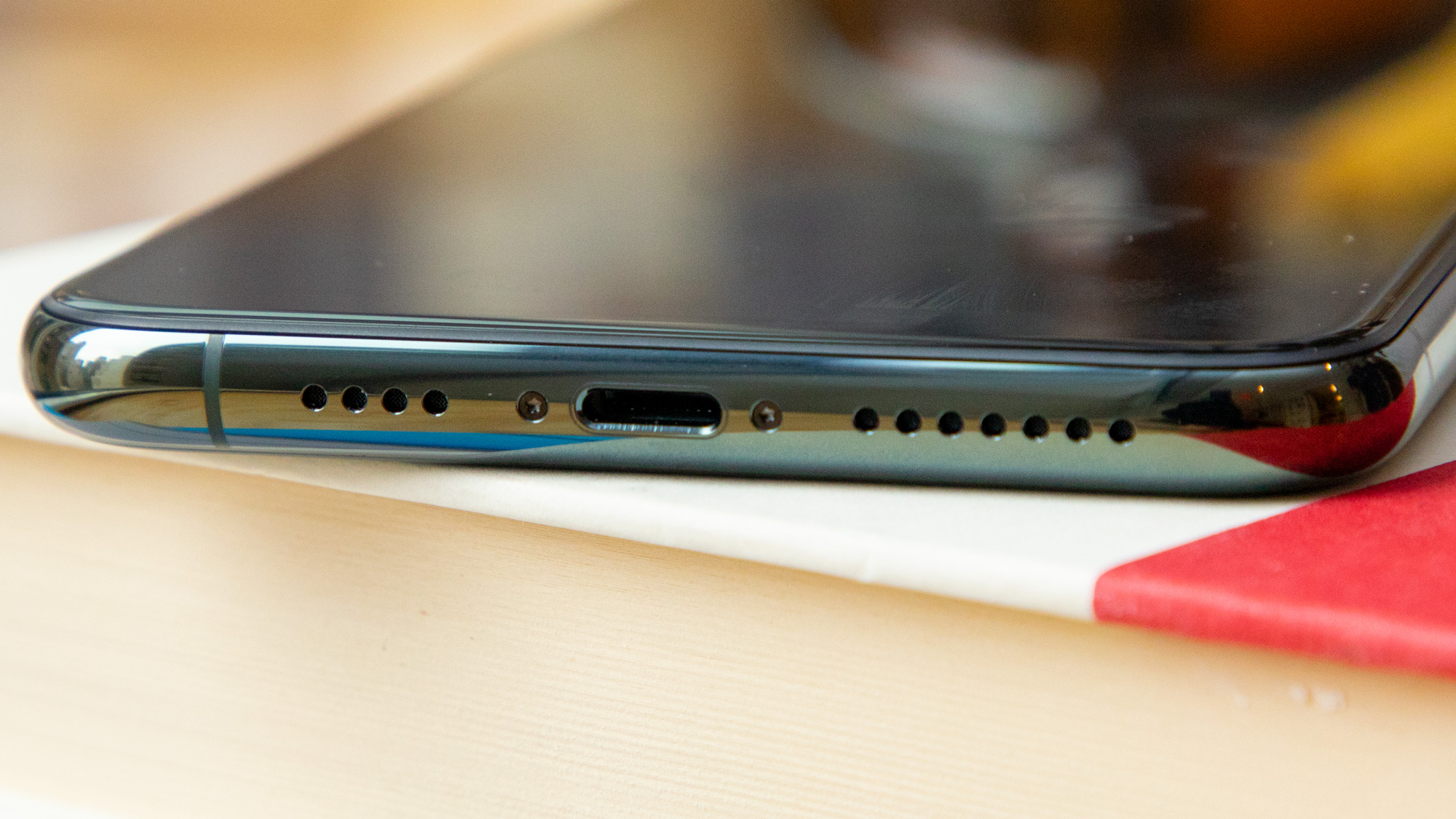
It only takes a momentary visit to YouTube (or a particularly nasty phone drop) to uncover just how little wiggle room engineers have to work with, when it comes to fitting the all the components that need to live inside your phone, inside your phone.
Even though rounded edges are advantageous from a usability standpoint, from the perspective of the iPhone engineers tasked with building the next iPhones, moving away from straight sides could actually be making things more difficult.
Having what amounts to a cuboid with rounded corners likely makes planning where components should fit comparatively easier, not least because parts can be pushed right up to the edge of the frame interior. Unless you're willing to add a significant amount of height and width to the phone's overall dimensions (or thickness, for that matter), the moment you round the edges of the frame as well – as what's expected from the iPhone 15 line – the workable space you have to mount components in is reduced.
As such, unless Apple has somehow managed to shrink down the innards of the iPhone 15 series compared to previous generations (which isn't impossible, when you consider next-gen components like the extra-dense silicon-carbon batteries found inside the Honor Magic V2 are now making their way into devices), rounded edges are likely more of a challenge to work with when building an iPhone.
Cost
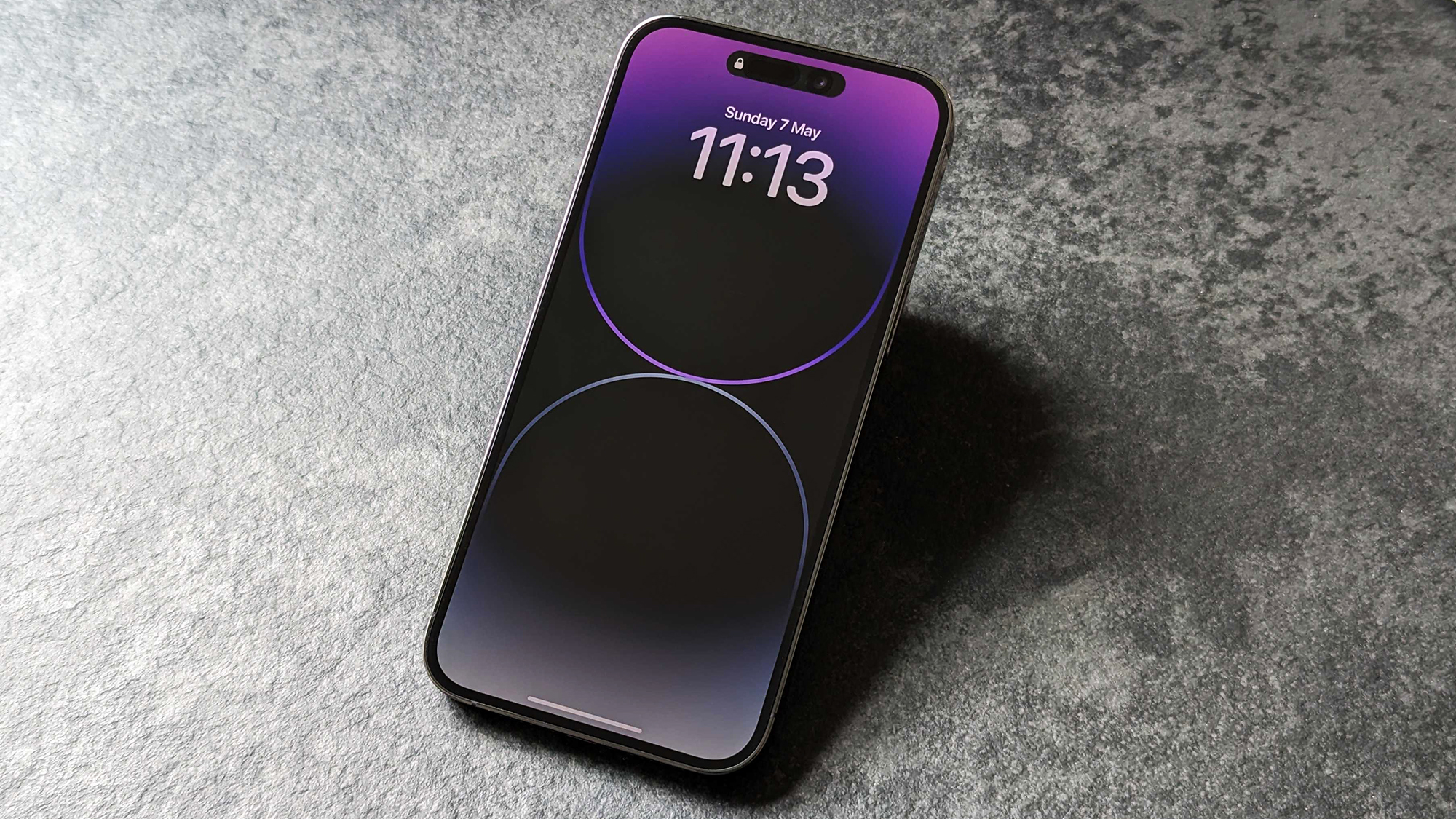
One knock-on effect that the added difficulty of building for rounded edges might cause, is an increase in cost.
The fly in the ointment of 'why an iPhone 15 with rounded sides is better for users' is that, because of the additional engineering hurdles this form factor creates, its construction costs might have increased.
Multiple signs already point to an iPhone 15 price increase this year. But as for the 'why' that is, Apple hasn't offered (and will remain unlikely to) any insight into the exact cause.
Separately, one leaker has stated that the iPhone 15 reportedly costs 12% more to produce than its predecessor, which could be attributed to the manufacturing changes between generations touched on here, just as much as supply chain and the global economy could be contributing factors.
Separately, however, industry analyst Jeff Pu suggested that only the iPhone 15 Pro Max will receive a price hike, which if I were to hazard a guess would be as a result of the more advanced camera system it's rumored to sport. This has since been compounded by a report from TrendForce, whose analysts also echo that only the Pro Max looks set to go up in price.
Conclusion
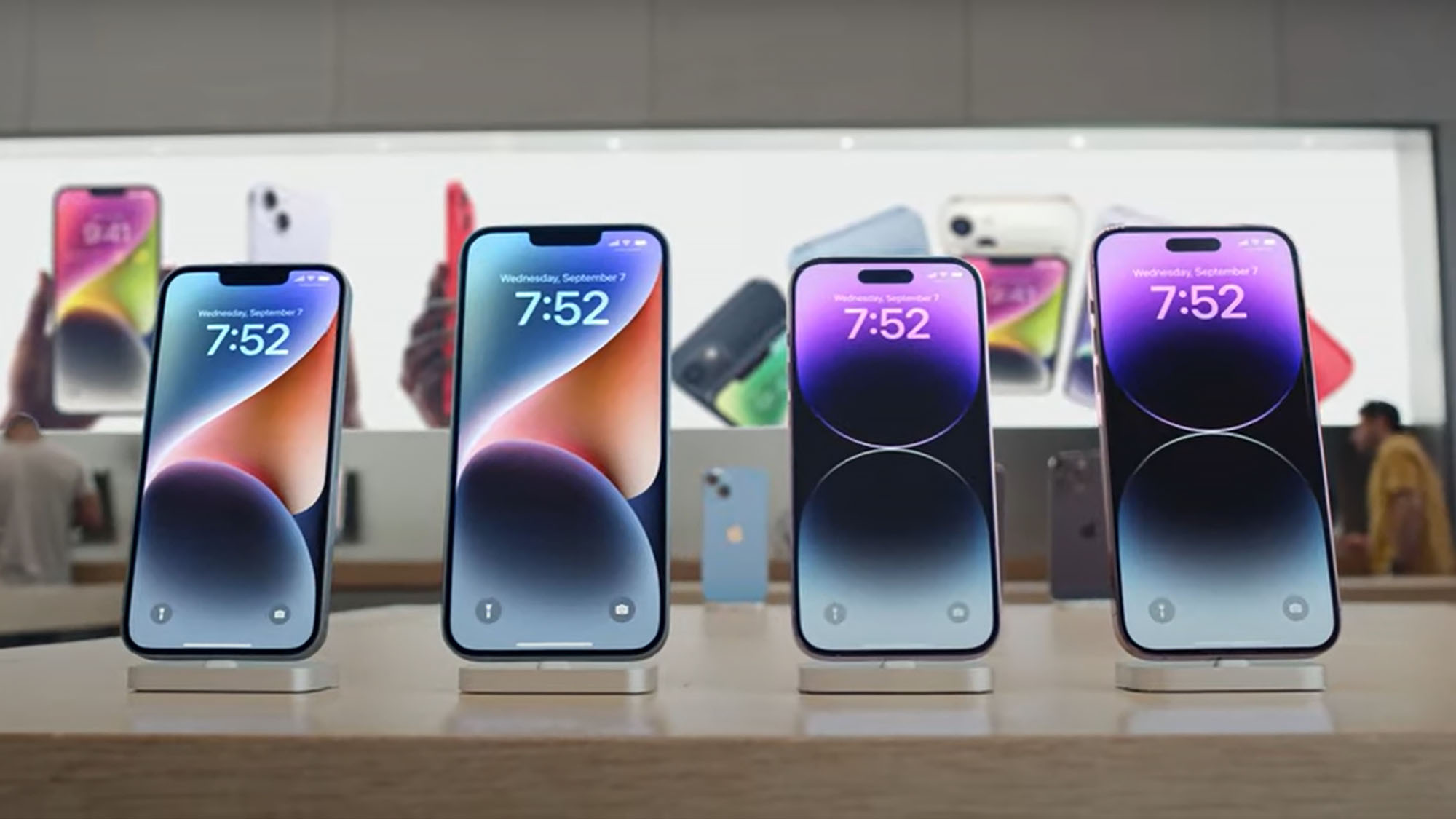
For a phone line that tends to see longer-term use than others, interacting with a device that's more approachable and comfortable to wield than Apple currently offers feels like a win to me.
Even if such benefits come at a slight premium.
More iPhone 15 stories
Hubs
- iPhone 15: everything we know
- iPhone 15 Plus: everything we know so far
- iPhone 15 Pro: everything we know so far
- iPhone 15 Pro Max: everything we know so far
- iPhone 15 Ultra: everything we know so far
- iPhone 15 pre-orders: here's what to expect
- iPhone 15 deals: here's what to expect
Comparisons
- iPhone 15 vs iPhone 14: how will Apple's next vanilla model stack up?
- iPhone 14 Pro vs iPhone 15: the rumored key differences
- iPhone 15 Pro vs iPhone 14 Pro: the rumored key differences
- iPhone 14 Pro Max vs iPhone 15: the rumored key differences
- iPhone 14 Pro Max vs iPhone 15 Pro Max: the rumored key differences
- iPhone 15 vs Samsung Galaxy S23: the rumored key differences
- iPhone 15 vs iPhone 15 Pro: the rumored key differences
- iPhone 15 vs iPhone 15 Pro Max: the rumored key differences
- iPhone 15 Pro vs iPhone 15 Pro Max: the rumored key differences

Alex joined as TechRadar's Senior Phones Editor in June 2022, but brings over a decade's worth of experience to the role, with an expertise in smartphones, tablets and wearables. He's covered keynotes hosted by the biggest brands and attended the launches for some of the most influential mobile products of the last few years. His experience was amassed at some of the most reputable consumer technology publications out there, including GSMArena, TechAdvisor and Trusted Reviews.